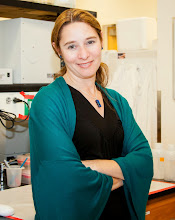I just attended a talk where the speaker had a progress bar at the bottom of each slide. The bar nicely showed where we were at in the talk, and how long until it was done (or so I thought-some of his “single slides” were really multiple slides built up!). As an audience member, I appreciated the progress bar, but I also found it distracting…when the speaker was explaining some of the more difficult concepts, I found myself staring at the bar, rather than trying to follow his explanation.
What do you think? Have you ever tried using a progress bar or some kind of tracker that the audience can see? Is this device helpful to the audience, or a barrier to communication? I look forward to hearing from you.

